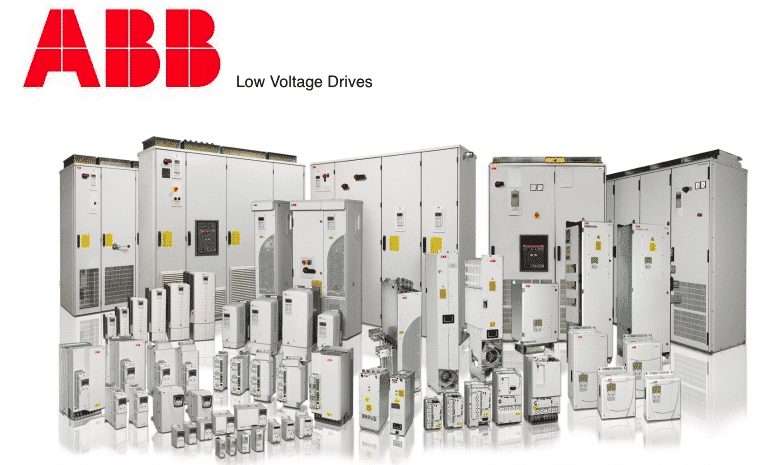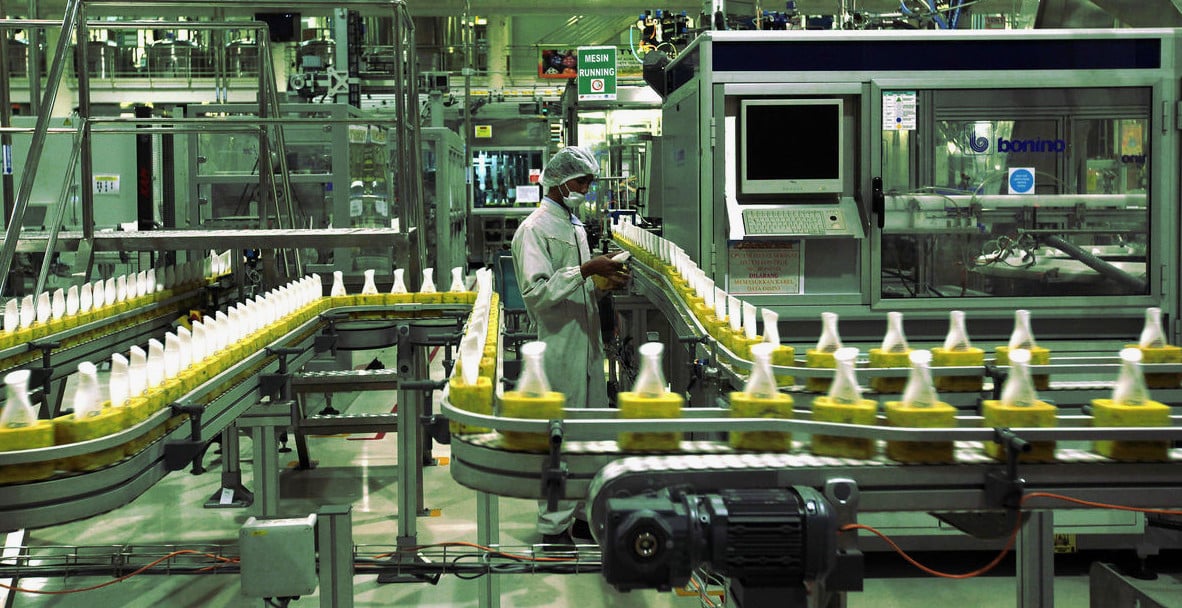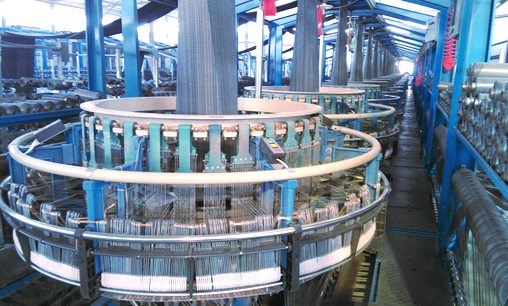ABB VSD
ABB VSD drives are designed for motor-driven applications in any industry and all power ranges. ABB VSD drives are compatible with virtually all processes, automation systems, usersand business requirements. The innovation behind ABB VSD drives is architecture that simplifies operation, optimizes energy efficiency and helps maximize process output. ABB VSDdrives for general purpose applications are designed to control a wide range of applications such as fans, pumps, mixers, conveyors and process control in industries including foodand beverage, material handling, chemical, rubber and plastics, and textile and printing. ABB general purpose VSD drives are easy to select, install, configure and use. ABB VSDdrives for general purpose applications save users time by using standard built-in features.
ABB VSD Overview
The ACS55 and ACS150series of ABB VSD micro drives are easy to install and set up. ABB micro drives provide flexible mounting alternatives and straightforward configuration for many basicapplications. Each micro drive is tested before it leaves the factory providing high machine availability. ABB local customer and technical support is available no matter where ABBmicro drives are delivered and installed.
The ACS355 and ACS850series of ABB VSD machinery drives are designed to meet the production and performance needs of machine builders, system integration specialists, panel builders and endusers in a broad range of applications. ABB VSD machinery drives can be flexibly programmed to meet the demands of different machine solutions. A wide range of features and optionsprovide optimal solutions.
The ACS880series ofindustrial VSD drives are designed for fast, cost-effective installations and integration into control cabinets. ABB ACS800 VSD drives enable OEMs, system integrators and panel buildersto build their own drive while maximizing benefits from ABB drive technology such as DTC motor control, adaptive programming and a wide range of built-in and external options. ABBprovides detailed cabinet installation instructions and other support material to help customers build their own solutions.ACS880 VSD multi-drives are built from ABB industrial drive modules connected to a common DC bus. This enables a single power entry and common braking resources for several drives.This construction simplifies the total installation and results in benefits including savings in cabling, reduced installation and maintenance costs, reduced line currents andmore.
The ACS880single drive moduleseries of ABB VSD drives are complete alternating current drives and can be installed without any additional cabinet or enclosure. ABB single drive modules configuration contains arectifier, optional EMC filter, reactor, DC link and an inverter in one single AC drive unit. ABB single drives are available as wall-mounted, free-standing and cabinet-builtconstructions. The key features of ABB single drives are programmability and configurability during both ordering and commissioning, which makes adaptation to different applicationseasy. ABBs ACS880 cabinet-built single drives are drives that are mounted into a cabinet and the complete assembly is offered and delivered as one package. Often the cabinet willinclude additional accessories such as contactors and earth fault protection units. ABB VSD drives for control cabinets are typically built-to-order products.
ABB VSD drives cover a wide power and voltage range, including voltages up to 690 Volt and powers up to 5600 kW. At the core of ABB VSD drives is the Direct Torque Control (DTC),ABBs DTC is premium motor control technology that enables highly accurate open and closed loop control. ABB VFD drives are designed for industrial applications such as those foundin pulp and paper, metals, mining, cement, power, chemical, oil and gas, water and wastewater, and food and beverage.
To learn more about ABB VSD drives, visit the ABB Website. For ABB VSD drives repair and replacement quotes, contact Precision Electric.









